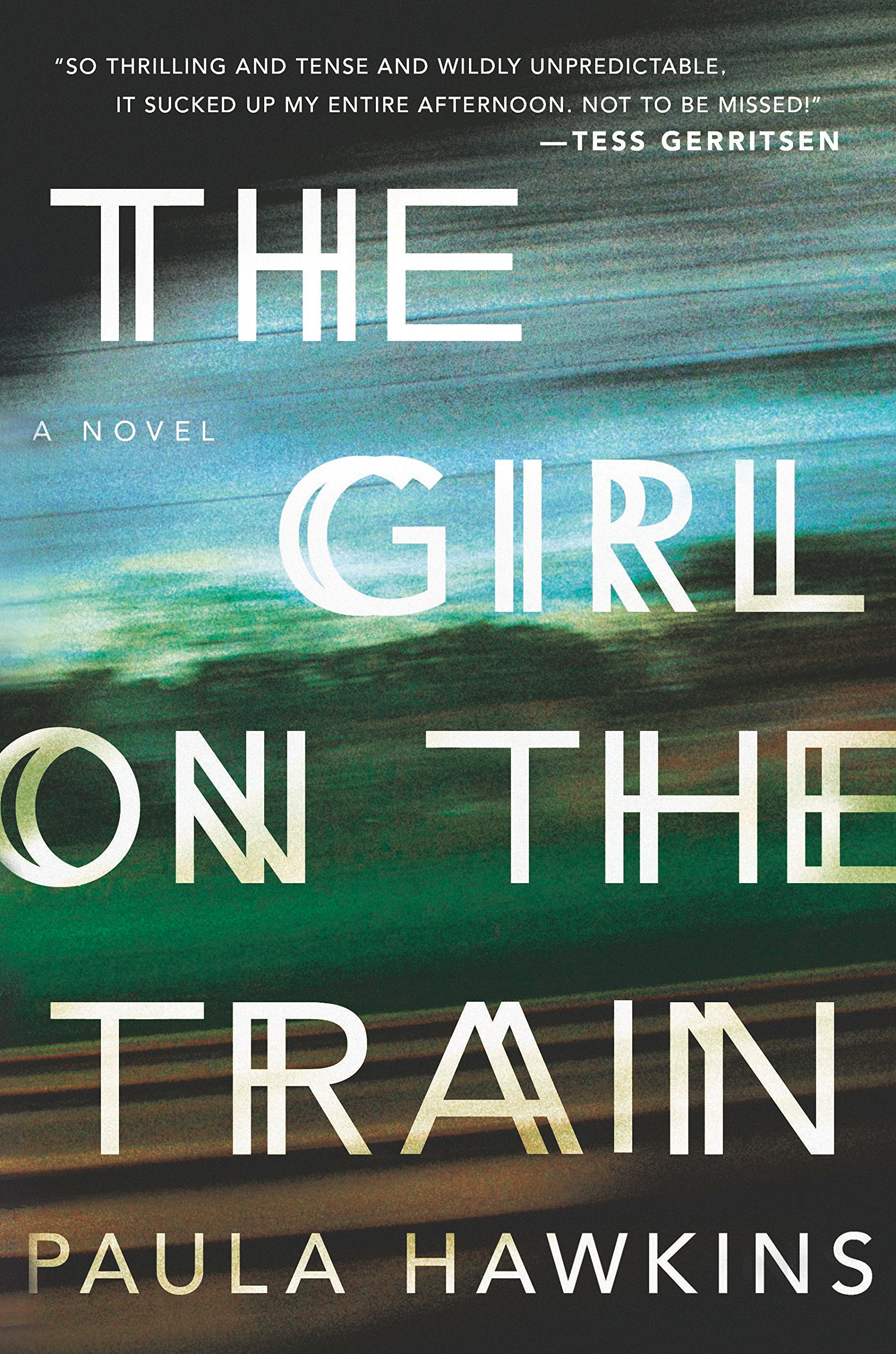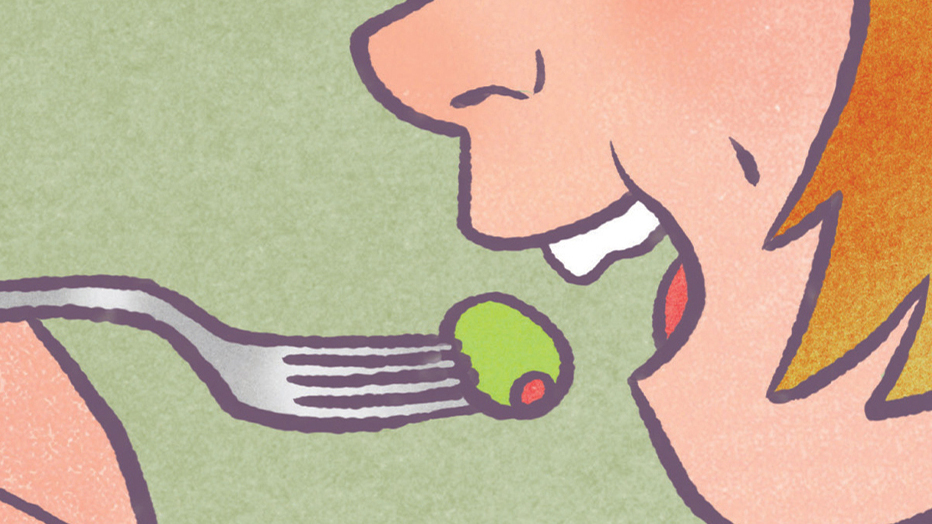What happens when a simple procedure suddenly opens up a well of information you never wanted to confront? Just that happens in Elizabeth Strout’s newest novel, “My Name is Lucy Barton,” where a woman enters the hospital for a simple appendectomy and upon the arrival of her mother, must recognize some of the traumatic experiences that occurred in the past. The novel is written in a style similar to Strout’s other pieces, especially “Olive Kitteridge,” in the way that the narrator is likable and relatable, but at the same time is a mythical being of love and compassion.
The narrator and namesake, Lucy Barton, is a kind and gentle woman who essentially loves every person she meets. A married mother of two, she embodies the characteristics of the traditional nurturing role in a novel. She aches for her children after her procedure goes awry and she falls ill. Though she yearns for her husband, she knows he must hold down the fort and work. It is a very believable portrayal of motherhood and Lucy’s connection with her own mother, though more strained, is also a very raw and realistic adaptation of the relationship between mother and daughter.
Lucy appears to be very collected and self-motivated as a mother should be; but her complicated connection with her mother exposes her weaknesses. A victim of her mother’s abuse throughout childhood, an alcoholic father, and rampant poverty, Lucy is forced to confront those issues from her past in order to become a stronger woman in the future. In addition to these shocking revelations that the reader learns about Lucy’s past, we get a glimpse of the heartache and scandal that the people that Lucy grew up with are facing, due to her mother’s tendency to gossip.
Lucy is also a writer, making Strout’s use of flowery, eloquent language especially fitting. Lucy’s tangents and inquiries on the things happening around her are gorgeous despite them being menial. Her heart is so full of love and compassion for others that it makes it difficult to believe that her mother is unable of producing those feelings for anything in her life. The apparent divide between them just makes Lucy’s desire to become closer to her mother even stronger. What at the start seems like it will be a very lighthearted novel turns out to be a bit grittier than expected, and we finally get to see why Lucy loves as hard as she does.
There has been speculation in the literary community that “My Name is Lucy Barton” is essentially a spinoff of “Olive Kitteridge,” only taking things from an impoverished perspective instead of the bourgeoisie. There are bits of humor throughout that lighten some of the difficult subjects, and the character of Lucy is definitely one that audiences will enjoy getting to know.


